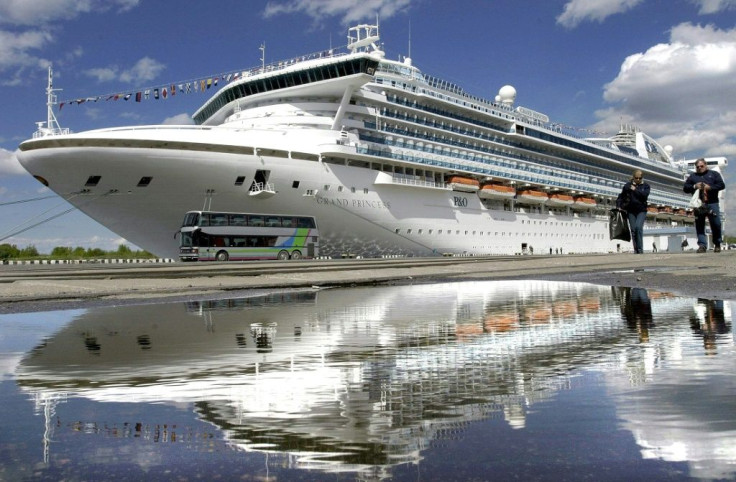Cruising During COVID-19: What To Expect On Your Next Cruise
The Cruise Lines International Association (CILA) is gearing up for the return of global cruises with a series of safety measures that will change the way that passengers travel onboard these ships.
The CLIA, which consists of 95% of the global ocean-going cruise lines, has made the safety protocols mandatory for its members in what it called the “critical next step.” The safety measures were created with the help of scientists, medical experts, and health authorities.
The Centers for Disease Control and Prevention has issued a no-sail order for cruise lines through at least Oct. 1. The CLIA has voluntarily suspended U.S. sailing through Nov. 1, but international cruises are moving forward despite the coronavirus pandemic.
MSC said it will begin sailing on Sept. 26 and Costa Cruises set sail on Sept. 6 in Italy. Most other cruise lines have sailings tentatively scheduled for November and December departures with others postponed until January 2021.
As cruise lines return to sea, many things will be different for the passengers aboard these ships. Going forward, all cruise line guests will now need to be tested, along with crewmembers, for COVID-19 prior to departure. Passengers and staff must also wear masks onboard ships and during excursions when they cannot maintain social distancing.
Social distancing will also have to be observed in terminals, onboard ships, on private islands, and during shore excursions. Excursions will only be permitted in accordance with cruise operators’ protocols. Passengers that do not comply with these policies will be denied reentry on the ship, CILA said.
Cruise ships will be responsible for air management and ventilation to ensure fresh air circulation on ships. This will include air filtration and other technologies that help to prevent the spread of the coronavirus.
In addition, cruise ships will need to have a risk-based medical plan in place, including cabins for isolation, shoreside quarantine arrangements, medical facilities, and transportation partnerships ready.
Cruise lines also reserve the right to implement even more precautionary measures. The CILA said these policies will be continuously evaluated and adjusted during the pandemic as new prevention and mitigation guidelines arise.
The CILA estimates that the cruise industry in the U.S. generated $53 billion in economic activity annually prior to the pandemic, with as many as 420,000 American jobs supported by the sector. During the pandemic, CILA said that up to $110 million was lost every day, with the states of Florida, Texas, Alaska, Washington, New York and California economically impacted the most by the shutdowns.

© Copyright IBTimes 2024. All rights reserved.





















